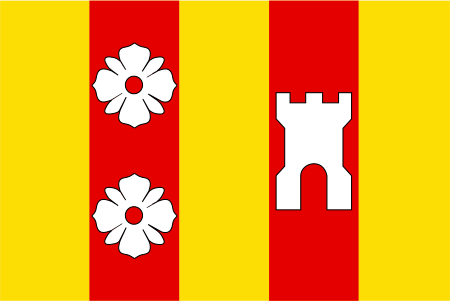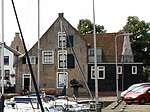Rozenburg

Rozenburg (Dutch pronunciation: [ˈroːzə(m)bʏr(ə)x] ) is a town and former municipality in the western Netherlands, in the province of South Holland. The municipality had a population of 13,173 in 2004, and covers an area of 6.50 km² (of which 1.99 km² water). It was the second-smallest municipality in the Netherlands in area (behind Bennebroek). On 10 July 2008, the local council decided to disband the municipality and to form a submunicipality of Rotterdam. This was ratified on 27 October 2008 by the Eerste Kamer (the Dutch Senate), and came into effect on 18 March 2010. The town is located on the former island by the same name: Rozenburg Island. Its current form was created out of three separate parts: Rozenburg proper (a former sand bar between Het Scheur and Brielse Maas – part of the Nieuwe Maas river – both being branches of the Rhine–Meuse–Scheldt delta), the sand bar Welplaat, and the southernmost part of the Hook of Holland (which was cut off from mainland Holland by the construction of the Nieuwe Waterweg ship canal in 1870 and subsequently was connected to Rozenburg when the remainder of Het Scheur was dammed off). The island is now connected to Voorne-Putten by a sea barrier and a dam.
Excerpt from the Wikipedia article Rozenburg (License: CC BY-SA 3.0, Authors, Images).Rozenburg
Amstelstraat, Rotterdam
Geographical coordinates (GPS) Address Nearby Places Show on map
Geographical coordinates (GPS)
| Latitude | Longitude |
|---|---|
| N 51.9 ° | E 4.25 ° |
Address
Amstelstraat 1
3181 EB Rotterdam
South Holland, Netherlands
Open on Google Maps











